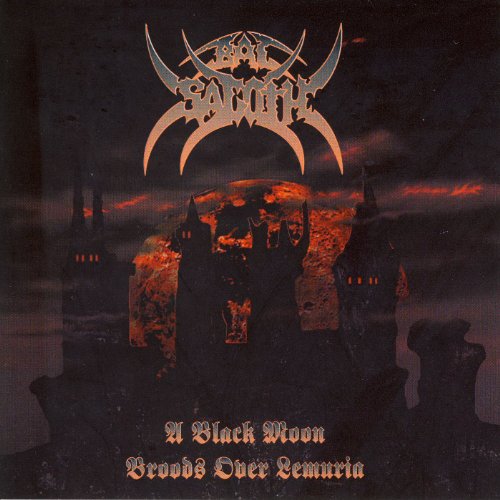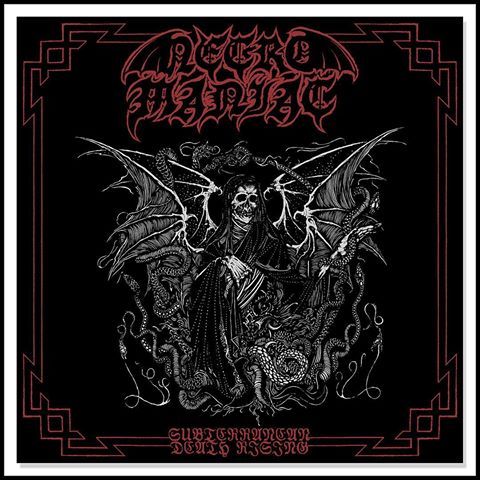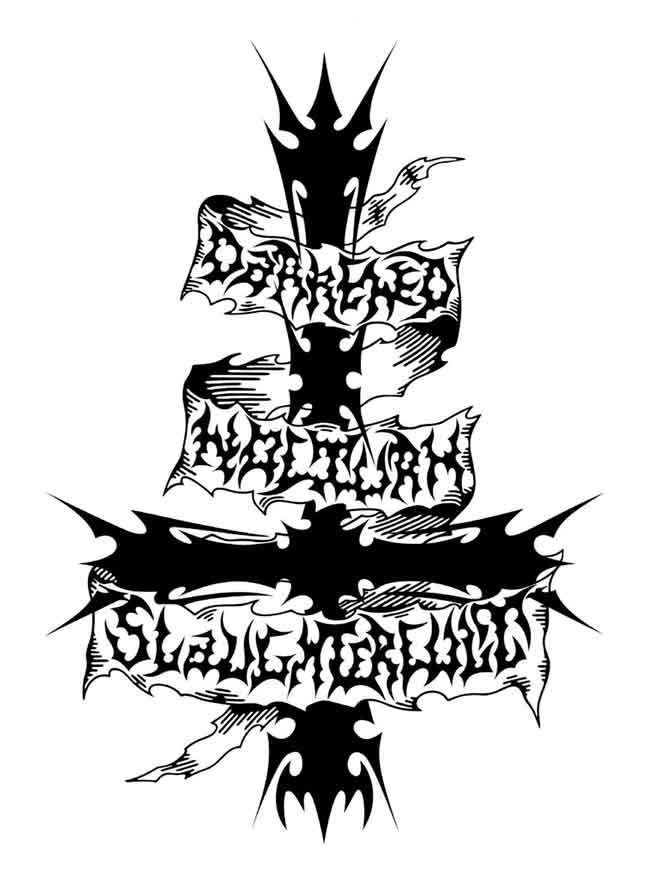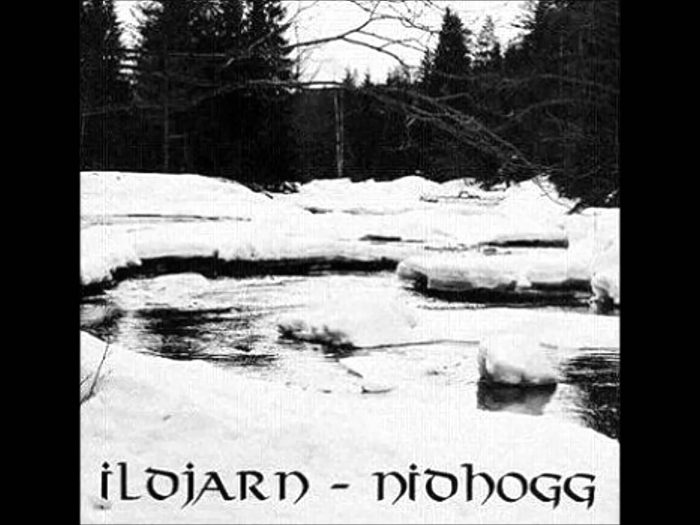After keeping a low profile for the last few years, Oakland-based dark metal act Mefitis recently published a three-song single in digital format as a precursor to their upcoming debut album.
9 CommentsTags: Black Metal, dark metal, mefitis
After keeping a low profile for the last few years, Oakland-based dark metal act Mefitis recently published a three-song single in digital format as a precursor to their upcoming debut album.
9 CommentsTags: Black Metal, dark metal, mefitis

Floating between between Floridian Death metal and Black metal in the vein of Emperor with a large dose of the more percussive elements from the New York style. Bal-Sagoth do manage to fuse these elements in a combination that remains mainly in the aforementioned black metal style. An important element that would dominate later releases is the spoken word of Byron Roberts. Obsessed with reciting his long lyrics inspired by the fantasy books that he was devouring, Roberts will at times create a hostage situation where the music is on stand by and loses all the momentum built up, so that he can ramble on and the compositions can’t progress until he is done. Though his perfect diction and deep voice do keep in line with the aesthetics provided here, they add nothing to the music and kick the compositions back to the droning political punk where the music was just the backing track for the vocalist’s tirades.
(more…)
Tags: A Black Moon Broods Over Lemuria, Bal-Sagoth, Black Metal, emperor, Floridian Death metal, Martin Walkyrier, nydm, Sabbat(UK), story telling
Kshatriya comes to us from that odd category of bands whose material would be great if they would just stop screwing around with the presentation, which ends up creating padding that while not terrible, detracts from the listening experience as a whole. Anyone who has sat through the first Impaled Nazarene album knows the pain of too much gimmick.
3 CommentsTags: Black Metal, Kshatriya
Lynx keeps a foot in both worlds: the mysterious atmosphere of the classic material, and the more emotional nature of post-metal, but without the self-pitying dwindling melodies of emo. In this way, it keeps what black metal delivered alive, but leaves out some of the technique and structure that made songs the original genre distinctive and expressive.
39 CommentsTags: Black Metal, nachtlieder, post-metal
We all miss the glory days of black metal, especially those who were not there to experience them the first time. That urge has spawned many bands who tried to uphold the original style and spirit despite the inevitable tendency of foolish humans to “mix it up” with other genres and random bits that are inarticulate to the purpose of the genre.
5 CommentsTags: Black Metal, clandestine blaze

Necromaniac hail from London UK which has become a wasteland full of terrible rock/metal hybrids catering towards young childern, and what was once the center for NWOBHM is now the home of mentally deficient hipster/indie music that seeks nothing more than to go viral before being replaced by the next thing. Necromaniac have avoided the toxicity of such a scene in the pursuit of something much more noble. The lost art of making the best music possible. The production is strong, retains the grit and the individuality of the performances while making every instrument listenable without castrating a single thing. Due to this EP only containing two tracks, each track will be analysed separately.
10 CommentsTags: 2018 highlight, Black Metal, death metal, Necromaniac, Subterranean Death Rising, underground
Continuing our interview with underground modern black metal band Darkened Nocturn Slaughtercult…
1 CommentTags: Black Metal, darkened nocturn slaughtercult, interview

Black metal is a highly spiritual music. At its peaks it is able to create a sort of mysterium and Darkened Nocturn Slaughtercult, despite its rawness and overwhelming intensity, possesses that potential. DNS picked up the essential traits of black metal, many of which were universally misunderstood and dropped or compromised even by their originators, and with a great sense of application and purpose restored them to their function and dignity.
2 CommentsTags: Black Metal, darkened nocturn slaughtercult, interview
Azazel – Witches Deny Holy Trinity (2015)
Werewolf Records
Black metal finally clarified traditionalism for me. There is an inner spirit to things, like a shape that unifies form, and then there is an outer appearance, which is more like material properties and methods. The inner spirit is how you assemble your mind to understand something and roughly how it fits into the broader pattern of the universe.
13 CommentsTags: azazel, Black Metal, traditionalism

This is a song called “A Dark Path” from the nature documentary Det Frysende Nordariket, perhaps one of the highest forms of art that used drums and electric guitars:
No CommentsTags: analysis, Black Metal, ildjarn, Morklat Sti, nidhogg